The Best Way to Install Artificial Turf on an Unlevel Surface
March 29, 2023
The beauty of artificial grass is that it can be installed on almost any surface, from flat and level concrete to hilly slopes of dirt. However, installing fake grass on a poorly graded surface increases your risk of flaws and mistakes, such as uneven joints, unsecured edges and visible imperfections.
For the best results, it’s important to properly grade your installation site before laying down your turf.
Why does an artificial grass base need to be even?
Although fake grass doesn’t need to be installed on level ground, having a properly graded surface is important whenever possible to ensure the synthetic turf looks and performs its best. Artificial grass installed on a poorly graded surface can create the illusion of bumps, wrinkles, and other unsightly turf installation errors.
Uneven synthetic grass can also pose safety hazards. When the ground is properly graded, synthetic grass and other components of turf installation, such as the sub-base and underpadding, will cushion any falls and prevent injury. With bumpy terrain, there’s an increased chance of someone tripping and falling on the part of the turf that isn’t evenly graded, leading to an injury.
Turf base evenness is also necessary for proper performance. The turf’s drainage system can be impeded by uneven surfaces, resulting in pooled water that can lead to mold, mildew, odors and more. It can also prevent your weed barrier from doing its job effectively, making it more likely that weeds are able to push through, especially at the seams of your fake grass.
How to properly grade your installation site
Now that you know why it’s important to level out your installation site, you may be wondering how to do it. Luckily, it can be easily achieved whether you’re a DIY homeowner or a professional installer.
Before attempting to level the area, remove any debris that could get in the way. Then, dig up the area where you plan to lay your turf, removing any existing grass or hardscaping. Depending on the severity of the unevenness of your installation site, you may need to add topsoil to help level it out.
Continue to smooth out the surface by laying a sub-base on top of the soil. This will create a soft and even surface upon which you can install your SGW artificial turf.
Turf installation complications to look out for
Once you’ve graded your installation site, there are still a few complications to look out for when installing your fake grass. Firstly, make sure that the synthetic turf is properly secured. Ensuring your turf is appropriately secured in place will help prevent it from shifting over time and becoming uneven.
You’ll also need to watch out for drainage issues. If you can’t completely level out your installation area, make sure you have a drainage plan in place to ensure water will be able to flow properly and will not pool on the surface.
It’s also essential to install a good base. As one of the most important parts of an artificial turf installation, a solid sub-base is necessary to ensure the turf is stable and properly supported. If you lay artificial grass directly onto the soil below, expansion and contraction over time will create an uneven surface with visible flaws and decreased performance.
If you want only the highest-quality artificial turf on the market, speak to your installer or contact your local Synthetic Grass Warehouse location today. We can help you find the perfect synthetic grass products for your home or business. Synthetic Grass Warehouse has been an industry leader for more than 20 years, helping distributors, installers and homeowners alike with all of their artificial grass installation needs. To find out more about artificial grass wholesale or to receive guidance with your next artificial grass installation, contact your local Synthetic Grass Warehouse facility today.







